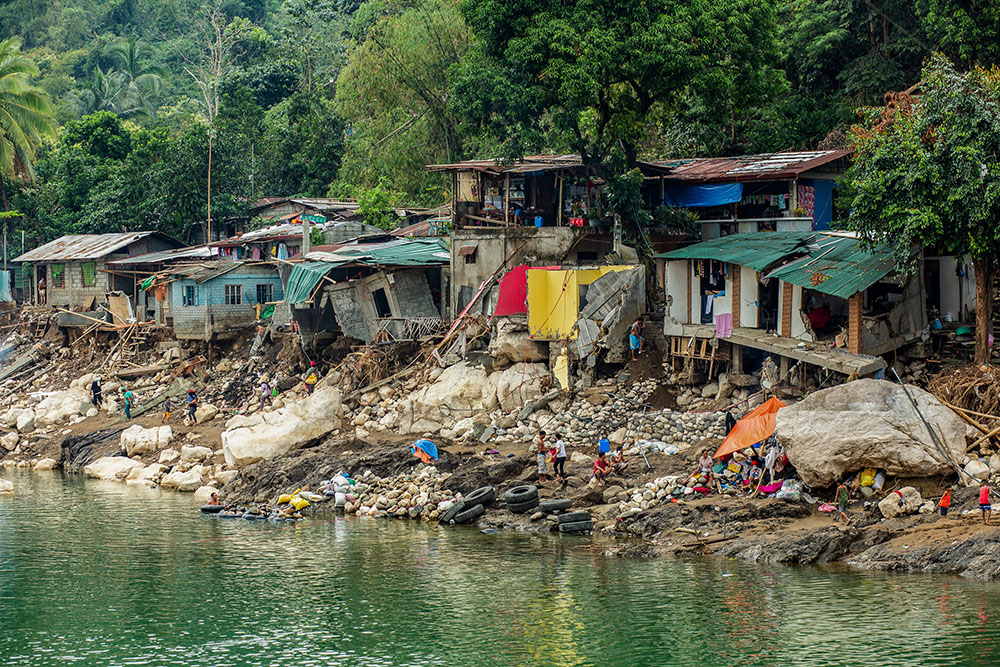
Resilience and Adaptive Capacity

Asia and the Pacific is one of the most disaster-prone areas in the world. The region accounts for 57% of global fatalities from natural hazards, most of them water related. Since 1970, natural hazards have killed more than 2 million people in Asia and the Pacific—an average of 41,373 lives per year. The increasing frequency of floods, droughts, and major tropical cyclones and typhoons caused by climate change will require a greater focus on climate adaptation of projects and water services.
What can we do to build resilience and adaptive capacity?
- Discover tools that will strengthen the resilience of communities to water security risks and build their ability for climate adaptation.
- Explore methodologies that address financial, environmental, and health shocks.
- Find out how local governments and water utilities can mitigate and respond to crises such as the coronavirus disease (COVID-19) pandemic by integrating water, sanitation, and hygiene (WASH) into public health strategies; accelerating universal access to water and sanitation; and adopting appropriate digital technologies.